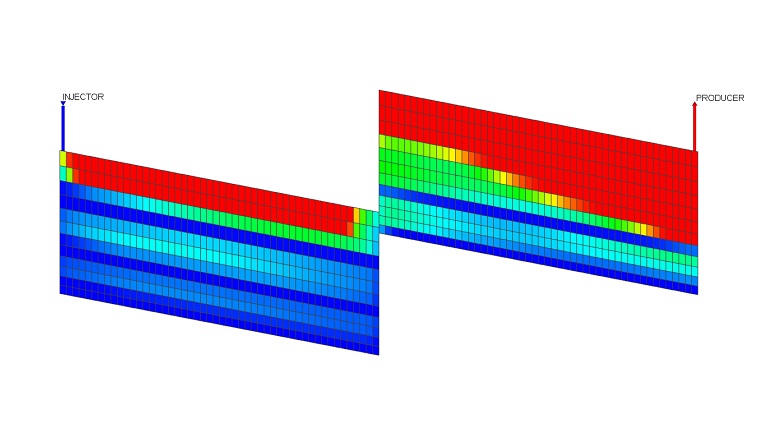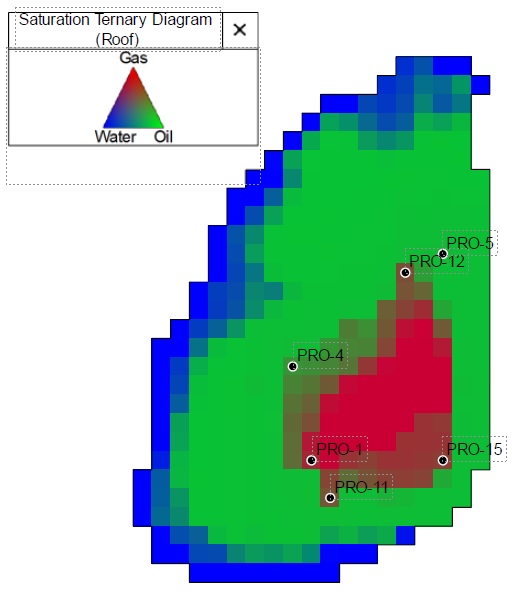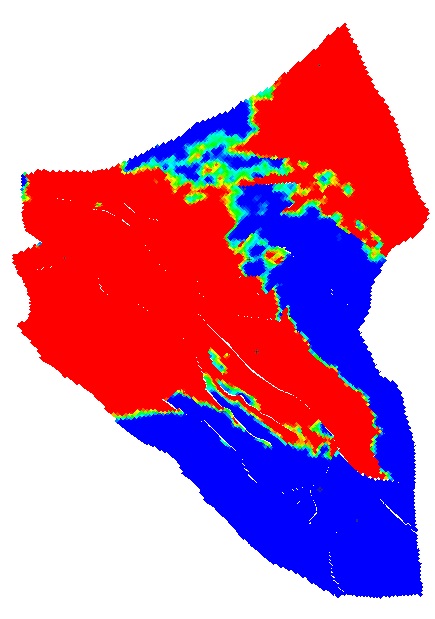Petroleum Reservoir Engineering Simulation Models
Project team
Project objectives
The testing and comparison of petroleum reservoir engineering modelling techniques requires the continued existence of standard models. A number of key models were developed 20-25 years ago, mainly under EU funding. Over the years these standard models have become unavailable as the websites that supported them have been decommissioned. The objective is to make them available to the research community at a single location.
The team leader, Prof Carter, was involved in the original development of these models and has retained original copies of the data sets. It will be a relatively straight forward task to create some web pages that allow researchers from both academia and industry to access the models. Some years ago Prof Carter created a site at Imperial College London to access two of the models. (https://www.imperial.ac.uk/earth-science/research/research-groups/perm/standard-models/)
The list of models will include:
- PUNQ S3
- PUNQ complex
- IC fault
- SAIGUP suite
- Eternity field
There are some models that are still available elsewhere that we may seek to duplicate if permission can be obtained. These include:
- Olympus suite
- SPE 10
- IC Fault
- Wytch farm
- Brugge field
Impact statement
Making these models available will allow researchers to access more than 100 person-years of reservoir modelling research. The models remain highly relevant to current research and the current situation is limiting the ability of researchers to test new approaches on the standard models that were previously used.







